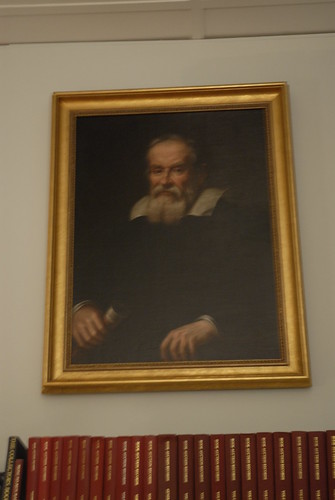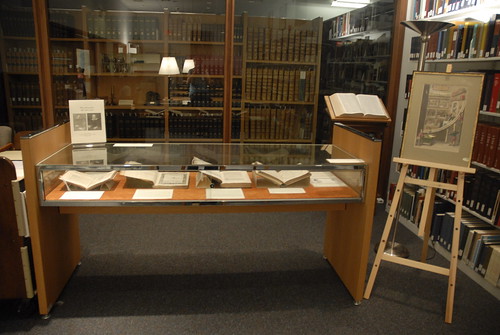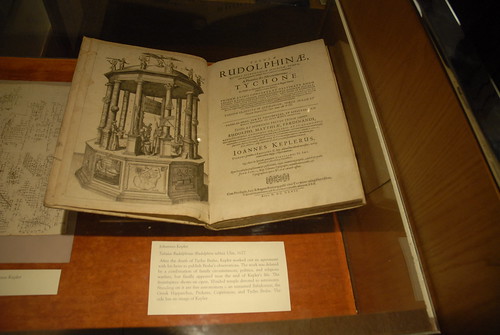 In terms of astronomy, things were never the same after the year 1609. Galileo Galilei got his hands on a telescope and made his watershed observations, which challenged views of the arrangement of the universe and the nature of matter. Johannes Kepler published Astronomia nova—two mathematical laws that describe the motion of planets around the sun.
In terms of astronomy, things were never the same after the year 1609. Galileo Galilei got his hands on a telescope and made his watershed observations, which challenged views of the arrangement of the universe and the nature of matter. Johannes Kepler published Astronomia nova—two mathematical laws that describe the motion of planets around the sun.
All of these achievements and more are on display at the Dibner Library temporary exhibit, New Astronomy 400 Years Later to commemorate their 400th year anniversary. Featured here are books, manuscripts and images of the works of Nicholas Copernicus, Tycho Brahe, Johannes Kepler and Galileo Galilei. Peggy Kidwell, the National Museum of American History Curator of Mathematics, put together this exhibit which runs until July 24th.
Don't have time to make it to the Library (even though you should make the time)? You can access many of these and other works via our Galaxy of Images digital collection. Look inside the works of Kepler, Galilei, Brahe and others. If your astronomy needs still have not been satiated, the Heralds of Science collection on astronomy has even more resources for you.—Brett Lambert
 Top: Portrait of Galileo Galilei, which hangs over the exhibit
Top: Portrait of Galileo Galilei, which hangs over the exhibit
Left: New Astronomy 400 Years Later at the Dibner Library
Below: Kepler, Johannes, Tabulae Rudolphinae (Rudolphine tables), Ulm, 1627


Be First to Comment